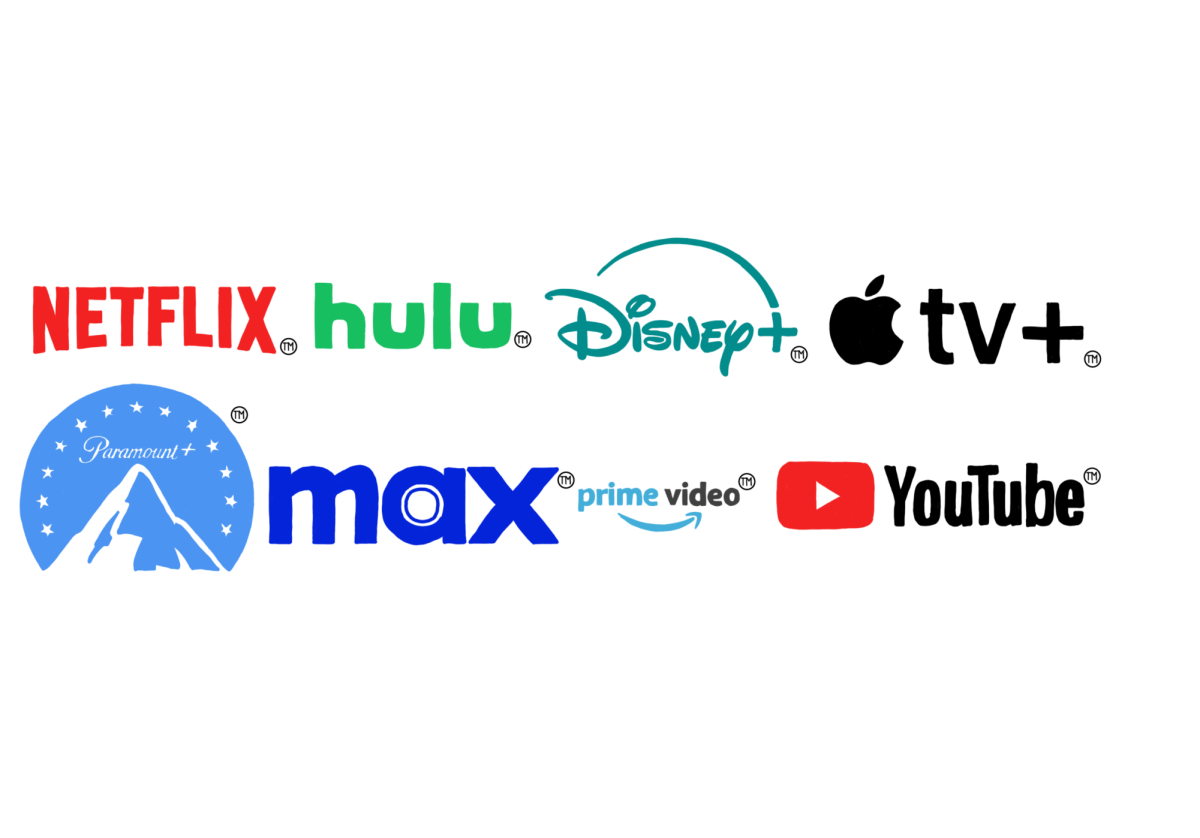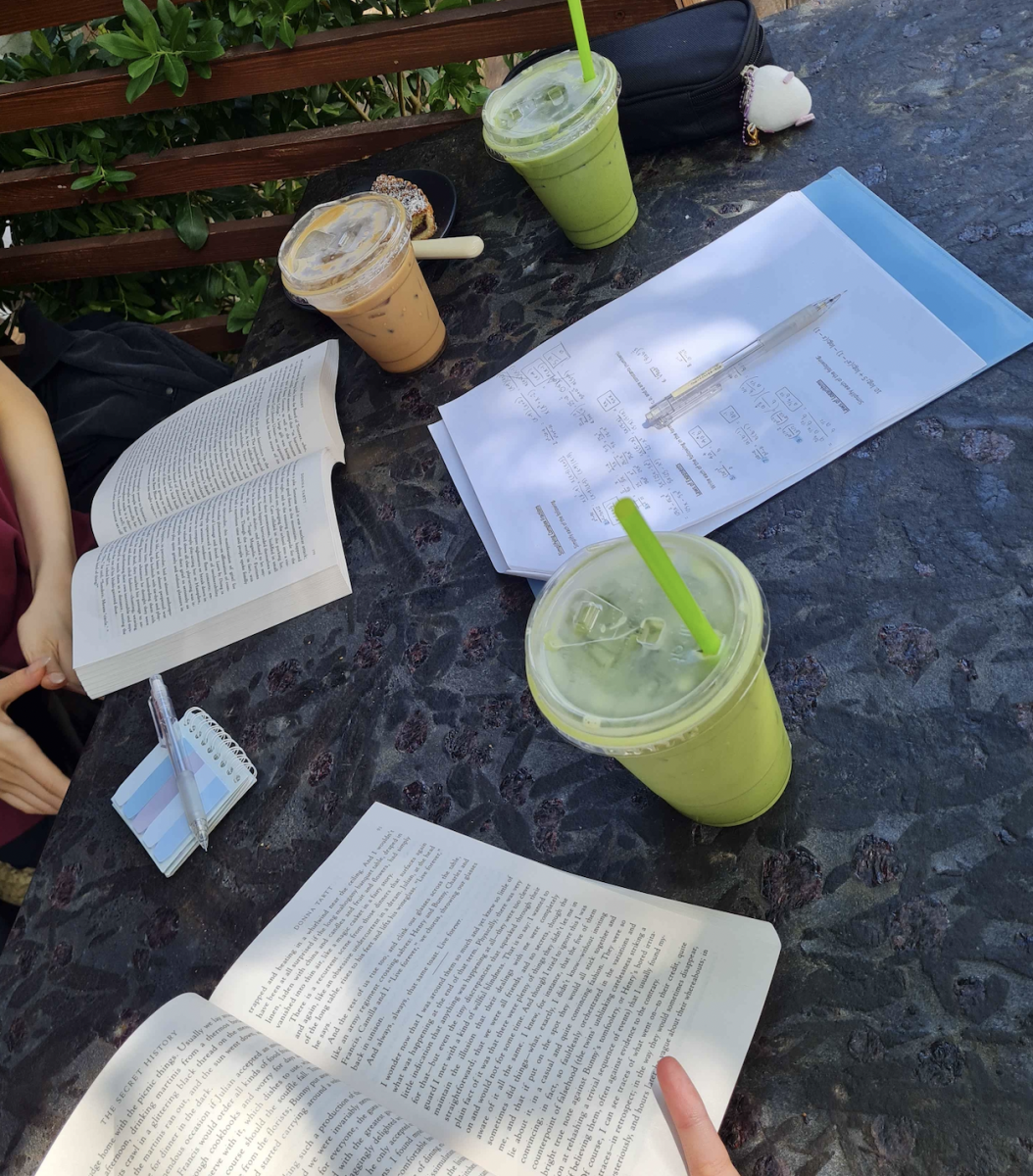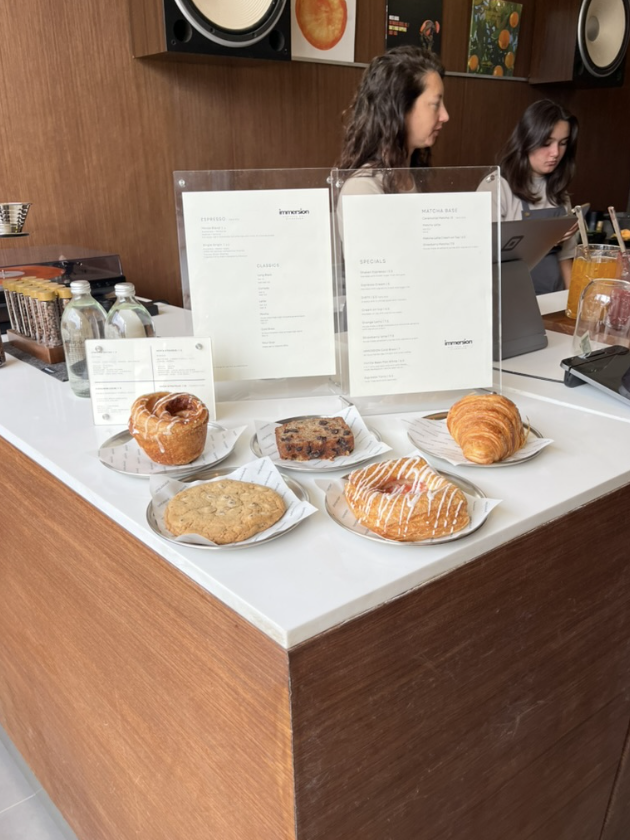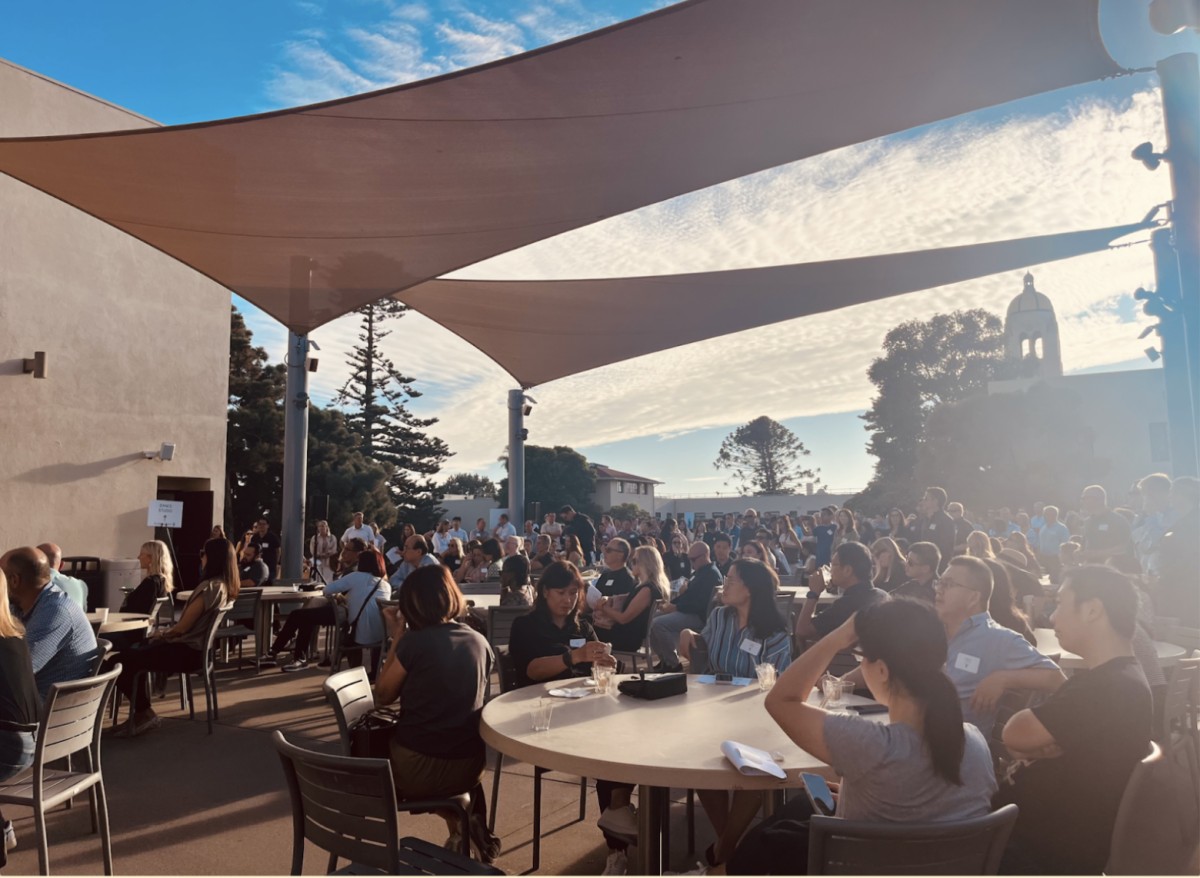Chances are you recognize the names Monica, Chandler, Joey, Phoebe, Rachel, and Ross from Friends, but have you heard of Janine Teagues from Abbott Elementary? You might know of Homer, Marge, Lisa, and Bart Simpson, but have you seen an episode of The Simpsons recently? The X-Files, The Fresh Prince of Bel-Air, Freaks and Geeks… none of them are shows from the 2010s or later, but it might seem like they are more widely known than anything on TV now.
In the age of dozens of streaming services and an infinite amount of personalized entertainment on YouTube, TikTok, and the like, it can seem as though popular culture — especially TV and film — is becoming less homogenous, and that it is more difficult for media to become as widely popular as it once was. Take the sitcoms Seinfeld and Modern Family: the former, which ran in the 90s, garnered 76 million views for its finale, while the finale of the 2010s show Modern Family drew only 7.4 million. In addition, the Seinfeld subreddit has 619 thousand members, compared to Modern Family’s 185 thousand.
Junior Stella McGuinness explained that this is not surprising, and “oftentimes someone will tell me something they have listened to or watched that I will never have heard of.” But is this a new phenomenon? After all, there have always been niches in entertainment. So is media actually becoming more varied, or is our perception of it just changing?
Stella believes that media is becoming less homogenous, explaining that especially “when it comes to TV, people have such different tastes,” and that oftentimes, “someone will tell me something they have listened to or watched I will never have heard of and vice versa.” While she acknowledged that some shows transcended this, such as Outer Banks or The Summer I Turned Pretty, it is rare to find shows that everyone has consumed, enjoyed, and wants to discuss.
The sheer number of entertainment options we have now is partly due to the multitude of streaming services available. In previous decades, people were limited by the number of channels on TV and the need to watch them live, so, as Stella put it, “everyone saw the same thing at the same time.” But now, that is all changing. “We can now choose what we watch and even when we want to watch it. We aren’t restricted to network television and its narrow programming that generally targets mainstream audiences.”
According to Forbes, the average American pays for 2.9 streaming services a month. But because there are literally hundreds of options, the chance that two people’s watchlists will line up is far from guaranteed. And with more personalized content on platforms like YouTube and TikTok, even those using the same app can have vastly different experiences. Jackson Weisser (‘26) pointed out that because of social media algorithms, people tend to end up in echo chambers where only their likes and beliefs are broadcasted.
However, Theater Department Chair Dr. Kristen Tregar believes that despite being propagated mostly by new technology and innovations, this phenomenon is not new. Decades ago, “there were certainly television shows that were enormously popular in other countries and served as a similar touchstone in their country but failed to reach the same level of saliency in the U.S. (an example from the same period from the U.K. might be Absolutely Fabulous, which was available in the U.S. but did not develop the same level of popularity here that it had abroad).” Now, that disconnect is simply being viewed on a smaller scale, within a single country.
She also explained how this has always been the case between generations. “While your grandma and her friends may all have been very familiar with a particular show (my grandpa loved M*A*S*H* and I remember listening to him talk about episodes with his friends), you may or may not know anything about that show.”
Dr. Tregar explained that media is not becoming less homogenous because popular culture has always simply been sharing things within a group — now, they are simply smaller groups, and interest in the media has a shorter lifespan. “Within a social group (a group of friends, say, or a family, etc.) the media that will arise will often be common amongst the members of that group,” she said. “If you aren’t in that particular social group, you may or may not come into contact with that particular cultural touchstone and may not be aware of it at all, but that doesn’t mean that it doesn’t exist.”
Chair of History and Social Sciences Ms. Karri Woods also acknowledged that “there have long been low-tech and no-tech conduits for exploring music, films, etc. and developing your individual preferences”; one such example was her experience with music as a teenager. “When I was in high school, for example, a friend would make me a playlist and burn it onto a CD, and I would listen to it a few times through and figure out what tracks I found myself drawn to and then I would replay those tracks again and again. It’s not that different from Spotify making recommendations based on their algorithms, or following friends and trying out their shared playlists.”
As for why we may believe this to be a phenomenon when it might not be, Dr. Tregar points to nostalgia as the culprit: “It is pretty normal for people to find things to reminisce about… it’s easy to look around and feel like things have changed, even when they haven’t changed much (if at all).” If every generation is always looking to childhood as an ideal, small changes that deviate from that perfection could seem large in comparison.
But whether this is an observed phenomenon or simply a symptom of our yearning for the past, people still have opinions on whether or not media should be less homogenous. To Stella, “it opens up whole new parts of society who might now have previously been interested in mainstream shows,” and Jackson added that “overall there would be more diversity in ideas and likes.”
On the other hand, there are certainly downsides to such personalized entertainment. “Back when shows were so popular and were deeply engraved in culture, it connected people as a community,” said Stella. “People could relate to knowing these shows or watching them live together. The lack of touchstones now creates a sense of isolation in society, at least over media topics.”
Ms. Woods concluded that, in the end, “we want both things. Part of growing up includes developing a stronger self-concept and finding ways to describe who you are and what you like to others … Music taste is highly personal and is influenced by complex psychological, social, and maybe even biological forces that have been unfolding over the course of our lives.” But at the same time, “There is something special about nerding out over a song or band you and another person both love. And when you introduce music that you think someone will like and they in fact do. It’s one of many ways to show someone that you have an understanding of what they enjoy, which is a kind of intimacy.”
People will always find ways to connect — media has simply been one way of facilitating that connection. Whether our culture is becoming less homogenous or not, that is one thing we can be certain of.








